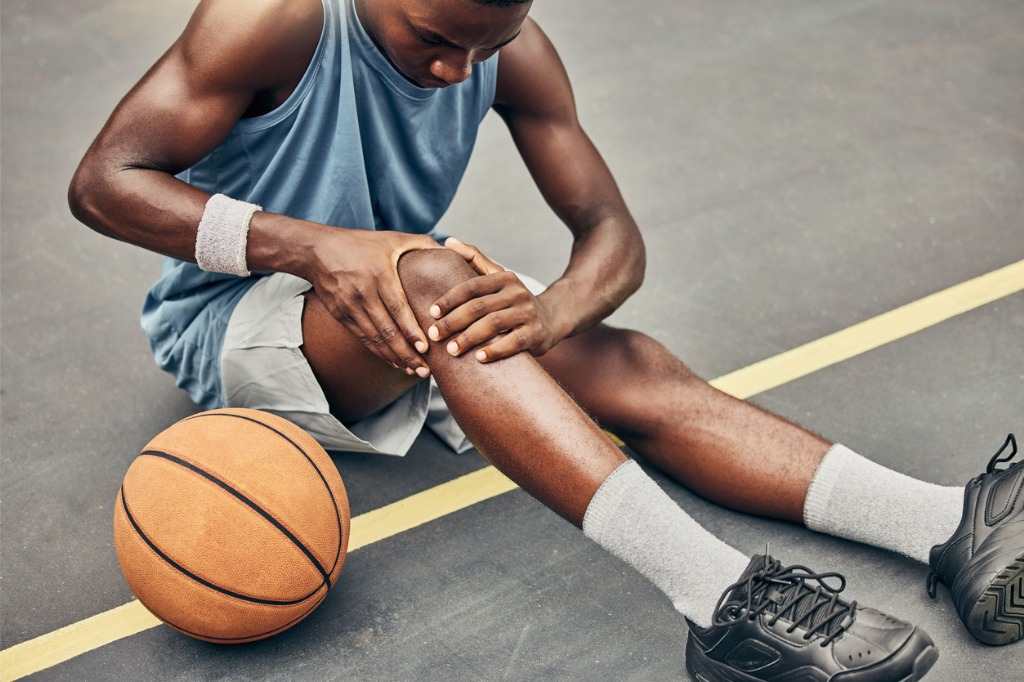
Returning to School After a Sports Injury
Every year, countless students experience a sports injury that temporarily pulls them out of their regular routines. While physical recovery is often the primary focus, the emotional and academic impacts can’t be ignored. As parents, understanding how to support your student athlete’s safe return to school is key to helping them stay on track.
The transition back into the classroom after a significant sports injury may be difficult. It’s important to remember that it’s perfectly normal for students to feel anxiety or fear about returning – even if their physical recovery has gone well. Parents should take time before school starts to talk to their children about any worries they might have regarding their physical and mental health. .
The Physical and Emotional Toll of Sports Injuries
Before diving into the specific effects of sports injuries, it is crucial to grasp the overarching context of this issue. Sports injuries don’t just impede physical health – they also create barriers to a student’s academic progress and emotional well-being.
The journey of recovery and return to school is a multifaceted process, encompassing more than physical healing. It’s a balancing act of managing physical pain, navigating academic responsibilities, and dealing with emotional repercussions. A holistic perspective is vital to fully comprehend the challenges faced by students returning to school post-injury and to establish effective strategies to support them during this critical period.
Understanding the Physical Impact of a Sports Injury
Right after an injury, there might be pain, swelling, or limited mobility. Depending on the severity and type of sports injury, students might experience a range of physical symptoms. Some injuries may have lasting effects if not treated correctly. For instance, untreated ACL injuries may lead to chronic knee problems and long-term pain.
It’s important to understand the specific physical impacts of a sports injury in order to create an effective action plan for returning to school. At Alliance Orthopedics, we understand that dealing with pain can be difficult and make it hard to focus on academics. That’s why our team of athletic trainers and physical therapists provide personalized care to help students manage their symptoms and reduce their pain.
Addressing the Emotional Side of a Sports Injury
In addition to physical discomfort, sports injuries also have a profound impact on a student’s emotional health. The abrupt transition from an active routine to a recovery period may lead to feelings of isolation, frustration, and distress. It’s crucial to acknowledge and address the emotional aspects of sports injuries to ensure smooth academic reintegration. Below are some common emotional symptoms that should not be overlooked:
- Feelings of depression or sadness
- Anxiety about future participation in sports
- Fear of reinjury or performance anxiety when returning to the sport
- Feelings of isolation due to being unable to participate in sports with peers
- Frustration due to physical limitations during recovery
- Sense of loss if the injury led to missing significant sports events or opportunities.
Tips for a Smooth Transition Back to School
Helping your student-athlete make a successful transition back to the classroom is integral to their recovery. To assist you in this process, Alliance Orthopedics has put together the following tips to help your child adjust to their new routine after their sports injury. By following these steps, you can ensure your student-athlete is supported during the recovery process and is ready to hit the ground running as they return to school.
Gradual Reintroduction
It’s imperative to embrace the notion of taking things slowly. After a sports injury, it is crucial for your child to gradually ease back into their routine instead of rushing the process. As your student athlete’s body recovers, they should avoid strenuous activities such as participating in PE class until they are fully healed.
Open Communication
Open communication is critical when it comes to helping your student athlete adjust and manage the impacts of their sports injury. Whether it’s discussing how they feel about their recovery, managing expectations for school work, or asking questions – make sure you’re available and ready to talk with your child. Additionally, encourage your child to reach out to teachers or school counselors if they need further academic support.
Set Realistic Expectations
Setting realistic expectations is a critical step in helping your student athlete cope with their transition back to school post-injury. It’s important to remember that the recovery process does not happen overnight, and there might be some limitations in their initial participation in academic and physical activities.
Encourage your child to focus on steady progress rather than immediate perfection. Setting attainable goals will not only ease the return to school but also boost their confidence and optimism toward full recovery. It’s also vital to inform the school about the sports injury so they can provide necessary adjustments or accommodations.
Stay Positive
Finally, the most important thing to remember as you help your child through the transition is that recovery takes time. It’s normal for your student-athlete to feel frustrated or discouraged – but having a positive outlook will go a long way in helping them stay motivated and focused on their recovery journey.
Discover Personalized Care With Alliance Orthopedics
Support your student athlete’s recovery from sports injuries with Alliance Orthopedics. Our expert team offers tailored care to ensure they thrive athletically and academically. With our state-of-the-art facilities and in-depth understanding of sports injuries, we provide students with the resources they need to recover quickly and safely. Contact Alliance Orthopedics and get started on your child’s recovery journey today.